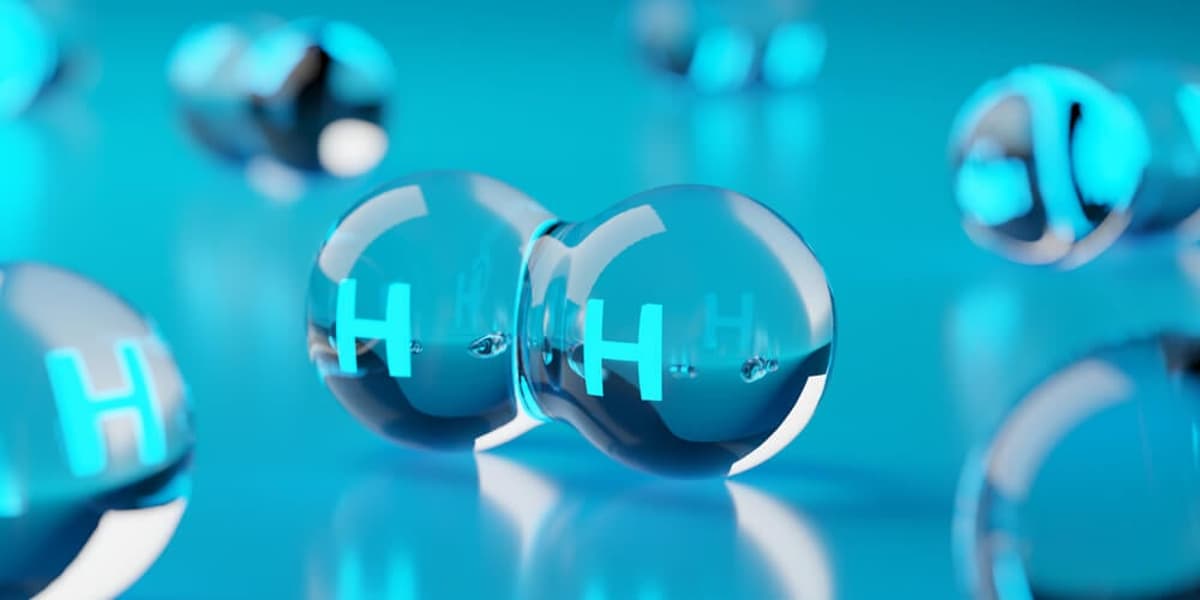Turning waste into value: Manchester wastewater treatment plant converts biogas to clean hydrogen and graphene
Key Ideas
- United Utilities and Levidian collaborate on a pilot project in Manchester to produce clean hydrogen from sewage biogas using innovative Loop technology.
- The hydrogen generated will power an onsite generator, while the solid carbon byproduct will be used to produce high-value graphene for various applications.
- The project received £3m in funding from the UK government's Hydrogen BECCS Innovation Programme and aims to unlock cost-effective clean hydrogen production.
- The initiative highlights the untapped potential of wastewater biogas as a renewable energy source, aligning with the IEA's vision of utilizing biogas to meet a significant portion of global gas demand.
United Utilities and Levidian have joined forces in a pioneering project to convert biogas from sewage waste into clean hydrogen and graphene in Manchester, UK. The innovative Loop device developed by Levidian utilizes electromagnetic waves to separate methane, the primary component of biogas, into hydrogen and solid carbon. The produced hydrogen will be utilized to power a generator at the wastewater treatment facility, while the captured carbon will be transformed into graphene, a valuable material known for its exceptional properties. Levidian's CEO, John Hartley, sees the production of graphene as a solution to overcome the cost challenges associated with clean hydrogen production. The project, supported by £3m in funding from the UK government's Hydrogen BECCS Innovation Programme, aims to scale up the technology for industrial use. By leveraging biogas from sewage, the partners anticipate an annual production potential of 75,000 tonnes of hydrogen. The venture not only demonstrates the innovative use of renewable resources but also underscores the significant underutilization of wastewater biogas globally. According to the International Energy Agency, maximizing the use of sustainable feedstocks, such as wastewater sludge, could address a substantial portion of the current global gas demand, emphasizing the importance of projects like this in the transition to cleaner energy sources.
